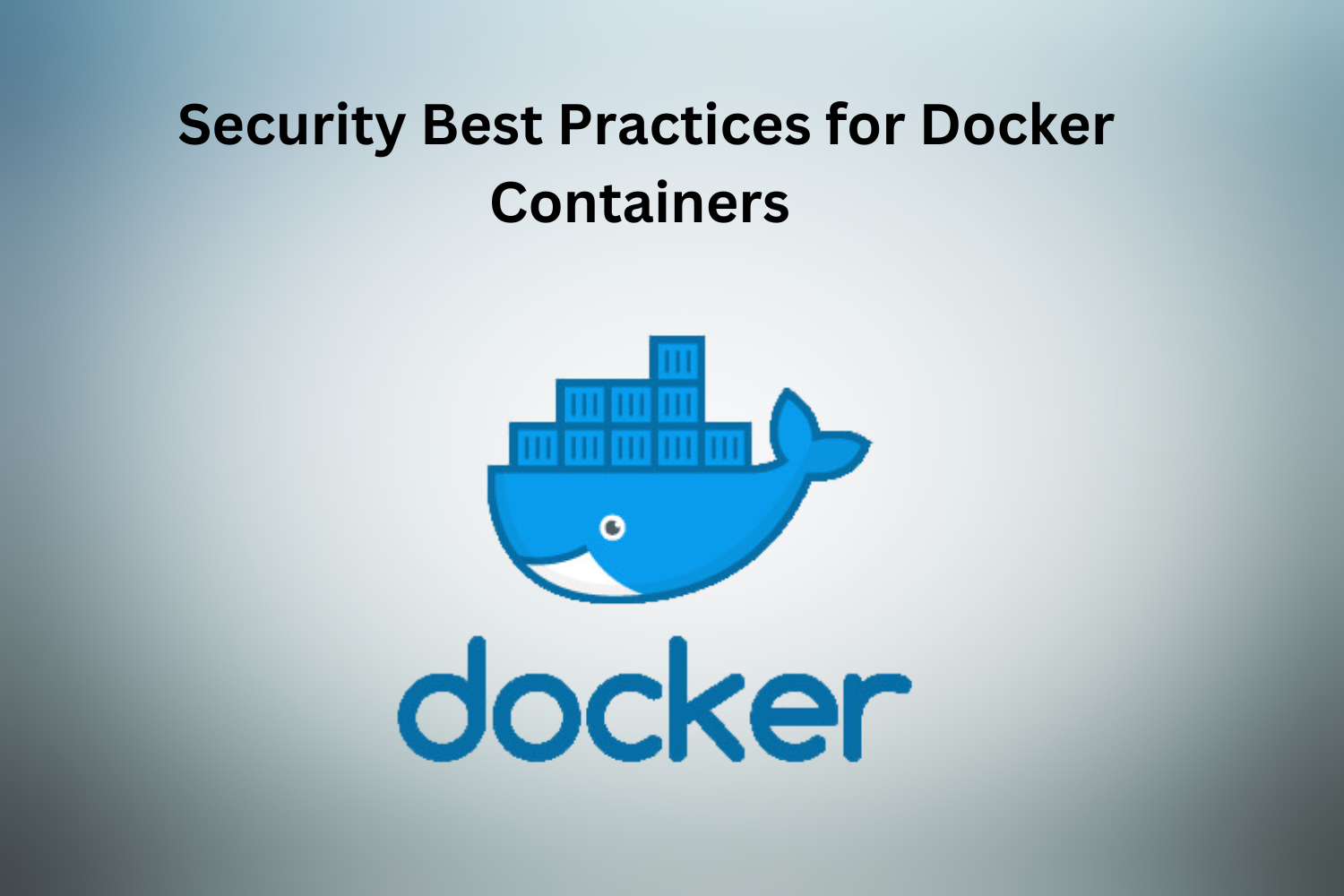

In this ever-evolving world of software advancement and deployment, security and efficiency are at the summit of all. This is exactly where Docker fits in. Docker is a set of platforms as a service product that utilizes operation system level (OS-level) virtualization to supply software packages, called Docker Container. It isolates software into self-contained units which can run independently of the host machine. Thus, it goes without saying that its security is of utmost importance, and a DevOps Training Course can be best suited for anyone wanting to learn more.
The entire purpose of Docker Container’s security is to protect much complex containerized environments. The security experts along with administrators need to safeguard more components in a containerized environment than in traditional deployments.
Before discussing some of the best security practices for Docker containers, it is crucial to know about the types of techniques. To make it simpler, the techniques can be divided into three sections:
Pronounced as “DEE-muhn”, daemon is a program that runs constantly as a background process and then gets roused to handle periodic service requests, often coming from remote processes. Docker’s structure is daemon based. It is tough to protect the daemon as anyone with access can execute commands on the host.
Once the daemon has been secured and strengthened, it is equally important to safeguard the images being used. An image that has been compromised calls for security threats.
The best security practices include:
The settings applied to Docker containers during runtime affect the security of the containerized applications and the Docker host.
The best security practices include:
The security aspect of Docker Container includes runtime, resource allocation, base images, build, securing daemon, and arrangement of containers. For proper functioning, configuration of container isolation, user privileges and practicing best security pointers are paramount.
Unnecessarily exposing container ports can increase the chance of risk and attack. This is because it allows external processes to intrude inside the container. It is only safe to allow ports which are needed by the containerized application.
Dockers do not automatically filter out resource constraints. Containerized processes use unlimited CPU and memory freely, which can impact other applications of the host. Therefore, setting limits towards these resources helps to defend against attacks.
A docker container with root permissions is one of the easiest ways to get it to function. This is because no one needs to deal with complex permission management. You should avoid providing root permissions and Docker Containers do not run as root by default.
Regular monitoring is invariably an essential part of security management. Monitoring can be challenging in a containerized application, thanks to the huge number of moving parts and the unalterable components. However, monitoring tools are of great help. They provide you with visibility over containerized loads.
It is a known fact that Docker containers utilize application programming interfaces (APIs) for communication purposes. The containers run properly due to this communication, but – this also calls for security protocols and regular monitoring. The APIs, therefore, should be built in such a manner which allows monitoring and blocking breaches of any kind, quickly.
The container registries allow downloading container images from a central repository easily. Thus, proving to be both convenient and risky. Due to this, it is always smart to stick to trusted registries. Before installing it behind a firewall to protect it against web breaches, make sure to assess the security of any registry. Along with this, avoid permitting anyone to upload or download container images from your registry.
Along with security measures in mind, here are some security mistakes noted down for you to avoid:
Dynamic days call for dynamic measures. The ulterior mission of Docker Container’s security is to protect all complex containerized environments. It has transformed software development and deployment completely with its various qualities such as isolation, convenience and portability, ranking Docker Container security to utmost importance.
Token airdrops have historically introduced investors to new blockchain projects. However, many distributions fail to…
Airdrops have traditionally been used to introduce new investors to blockchain projects, but their effectiveness…
The approval of Bitcoin ETFs was one of the most anticipated events in crypto history,…
The blockchain space continues to evolve, with projects pushing security, scalability, and user engagement to…
As the cryptocurrency market recovers from recent volatility, several projects emerge as strong contenders for…
The cryptocurrency market is showing strong bullish signals, with many altcoins poised for significant gains.…
This website uses cookies.